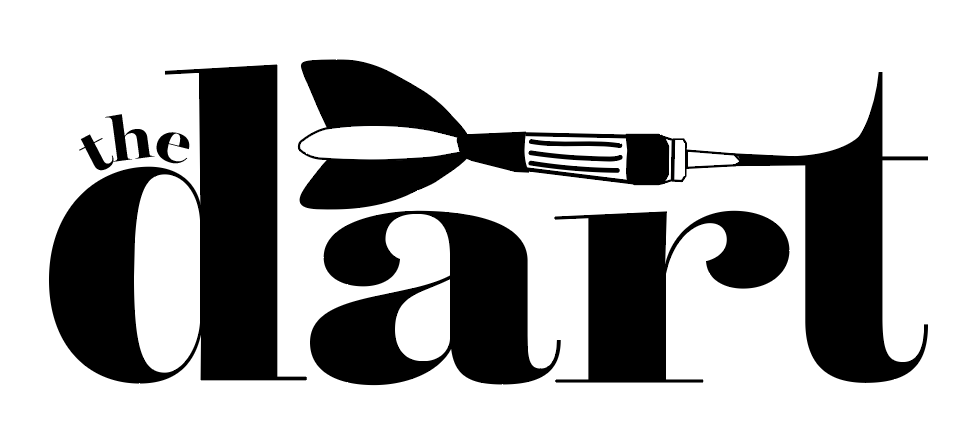“Hamilton” does justice to the founding father’s complicated legacy, does not glorify enslaved peoples owners
“Hamilton”, the renowned musical released on Disney+ July 3, does not romanticize slave owners, but rather justly illuminates the founding fathers’ complex legacies.
September 16, 2020
 As the date inched closer to July 3, 2020, I became more and more excited for “Hamilton” to be released on Disney+. I had seen it the previous summer and was anxiously anticipating being able to watch it again, and again, and again.
As the date inched closer to July 3, 2020, I became more and more excited for “Hamilton” to be released on Disney+. I had seen it the previous summer and was anxiously anticipating being able to watch it again, and again, and again.
However, I began to see the media buzz about “Hamilton.” Amidst civil unrest due to America’s recognition of corruption in the police system as well as systemic racism, Black Lives Matter protestors began to topple statues. Namely, in Portland, Oregon, B.L.M. protestors tore down statues of George Washington and Thomas Jefferson, both prominent characters in “Hamilton”. Like thousands of other Americans, I began to question, is “Hamilton” glorifying enslaved peoples owners?
After watching Hamilton again and reading interviews by the musical’s creator, Lin Manuel Miranda, I have come to the conclusion that Hamilton does not glorify enslaved peoples owners. Like most historical figures, the characters in Hamilton positively contributed to the birth of our nation, but also perpetuated social injustices, like racism and slavery.The musical does justice to the complexity of historical figures by pointing out their achievements, while acknowledging their many flaws. The musical covers everything from Alexander Hamilton’s moral failure when he cheats on his wife, to Aaron Burr’s jealousy of Hamilton, to several characters’ inaction about slavery.
Alexander Hamilton, the namesake of the musical, opposed slavery, but rarely spoke out against it. This is perfectly manifested when Hamilton raps in the infamous “Cabinet Battle 1,” “A civics lesson from a slaver, hey neighbor. Your debts are paid cause you don’t pay for labor.” This fiery statement is directed towards Thomas Jefferson, who owned about 175 slaves in his lifetime (Monitcello). However, it is one of Hamilton’s only mentions of slavery, which reflects how Hamilton lived his life: he opposed slavery but remained complicit within the system.
Another important aspect is that Hamilton has a mostly Black, indigenous, and people of color cast. In fact, all of the slave owning characters—Thomas Jefferson, George Washington, Aaron Burr, the Schuyler sisters—are played by B.I.P.O.C.. Christopher Jackson, the original George Washington actor, said in a recent interview, “It was a very powerful choice to take the idea of these men and present them through the bodies and vessels of Black and brown actors. It represents the fact that our role in building this country has never truly been acknowledged, and I think it opened up the audiences’ minds to the spirit of what these men meant, even if they were woefully incapable of living it out in their own experiences.” (Indiewire). Other Hamilton actors and actresses have echoed this sentiment, and view the casting in the musical as a way for BIPOC to stake a claim in American’s early history, a claim that has been largely ignored by history books and historians.
The final song of Hamilton, “Who lives, who dies, who tells your story,” perfectly encapsulates the complicated legacy that America’s founding fathers and other prominent figures have left. Eliza Hamilton, Alexander’s wife, is responsible for keeping Alexander’s legacy alive. She sings, “Who keeps your flame? Who tells your story?” In fact, Eliza Hamilton collected Alexander’s letters and documents for nearly 50 years after his death. The book “Alexander Hamilton,” a main inspiration for the musical, relied heavily on Eliza’s saved letters and documents. She did justice to Hamilton’s legacy, acknowledging his flaws and his achievements. I believe that Lin Manuel-Miranda fairly portrayed the founding fathers in Hamilton. Furthermore, Hamilton poses an important point to watchers: the founding fathers were highly flawed individuals, and we can learn about them without glorifying them.




